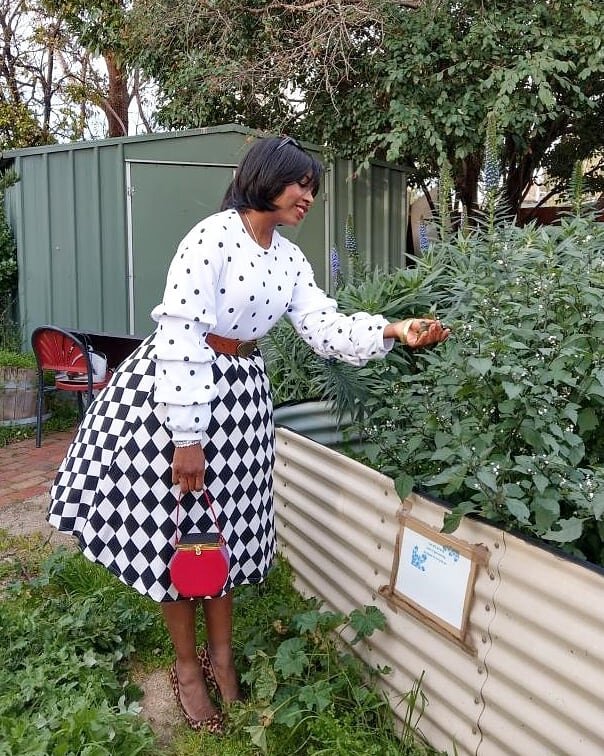Image: Lukasz Szmigiel
The very first Earth Day to support environmental protection was in 1970. Earth Day is an annual event on April 22nd that has gained tremendous momentum globally since its inception. So, let’s look at a few environmental facts about the current state of the earth in 2021:
Paris Agreement - with the promises made by countries under the agreement, it sets us on a trajectory of about 3 degrees Celsius by the end of the century, where 30 – 50% of existing species could go extinct by the end of the century.
Food agriculture - average yields of food crops are likely to reduce by 30%, triggering famines in several parts of the world which will cause political and social disasters.
Displacement from climate change - according to Nature, about 1.5 billion people (climate refugees) will be displaced as some regions will become uninhabitable.
Deforestation – 50% of the earth’s tropical forest have been cleared off in the last 50 years.
Soil depletion – Industrial monoculture has destroyed 40% of global topsoil used for food agriculture faster than it can be replenished. We have 60 years of harvest left with our topsoils at the current trajectory according to UN scientists.
Biodiversity loss – between 1970 and 2016, we’ve destroyed 83% of wild mammals and 50% of all plants with an average 68% decrease in population sizes of mammals, birds, amphibians, reptiles and fish. The extinction rate is up to 1000 times faster than prior to the industrial revolution.
Emissions causing climate breakdown – the global North (richer countries) is responsible for 92% of emissions that cause climate breakdown, while the global South (poorer countries) is responsible for 8%.
Capitalism – it’s the reason for these high emissions. As the only economic system that demands constant material growth, it means endlessly plundering the earth for raw materials. It peddles the myth that we need to keep consuming a lot of fossil fuels & raw materials in order to thrive. But this lie is killing the planet and will destroy us too.
I’m inspired by the resolve shown by many people this Earth Day to protect the earth. It’s noble to see many people joining the sustainability movement and changing their lifestyles. However, based on the current global economic trajectory, consumer action alone is not enough to avoid total ecological breakdown. We need to change our systems. And implement a law of balance in all areas to bring harmony back to the earth's ecosystems and with people. The narrow focus of material growth and accumulation as the pinnacle for human life on earth needs to change. Material things are tools to support life on earth, not the purpose of life itself.
♥ Nina Gbor
Instagram: @eco.styles















